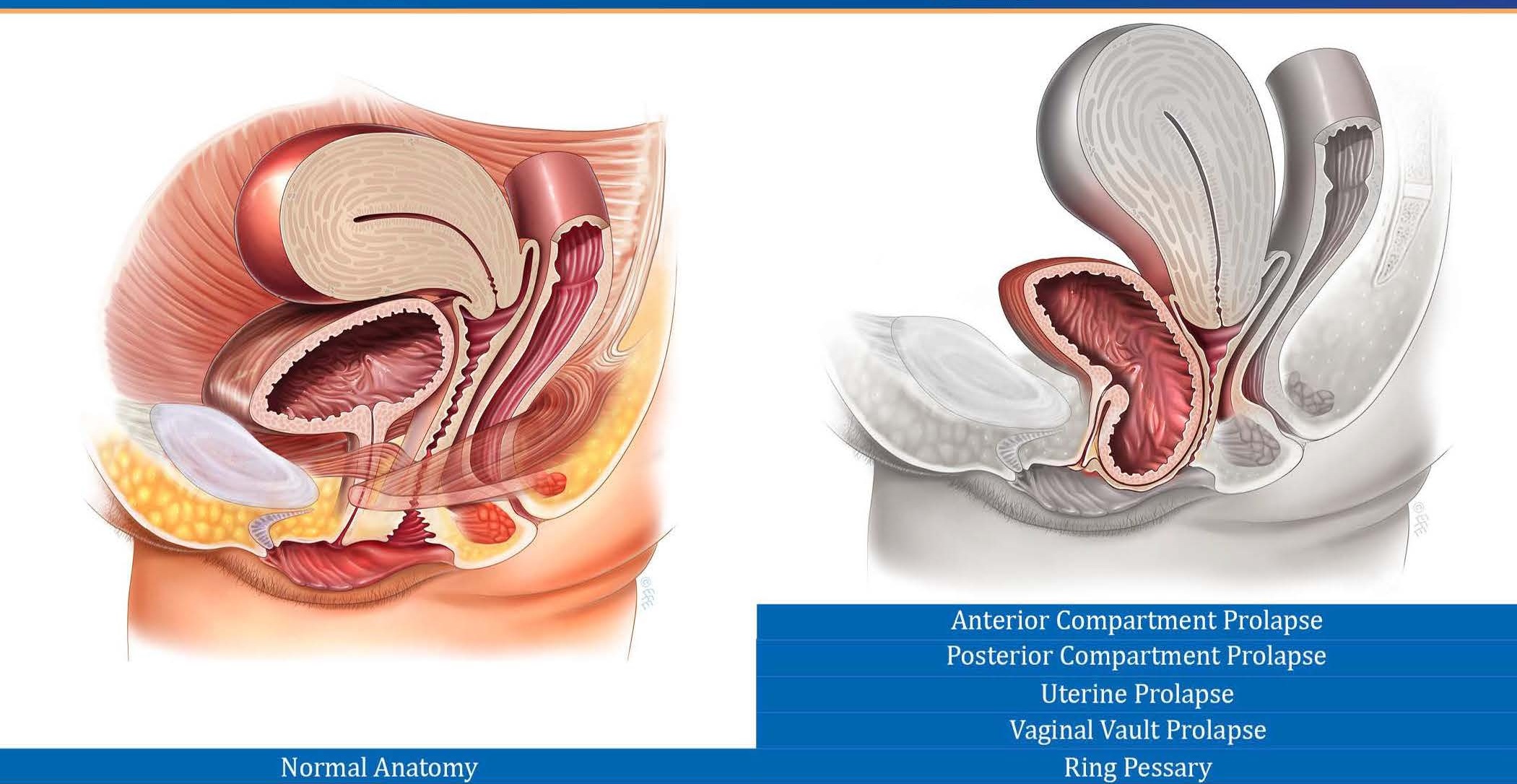Snow!!! Maybe I’m alone in this but I really like snow - IF it is on a mountain and IF (and this is a big “if”) I have nowhere to go. Otherwise it’s a fairly large pain. And down here in South Delta I generally am pretty happy! We have plenty of snow up in the mountains that we can access any time we like for fun things like skiing or snowshoeing or what have you, but generally do not have to deal with the white stuff on a day to day basis down here the way the rest of Canada does (which involves shovelling and driving in the snow and is decidedly less fun). That being said, once in a while winter decides that even sunny South Delta gets some snow, and if the weather network is correct (another big “if”) then we have some snow coming our way in the next week.
But here is the thing - snow is not only a figurative pain, it can literally cause you pain or injury. Did you know that every year the average number of emergency room visits due to snow shovelling related injuries in the US is around 11,500!? Shovelling snow can cause back pain, shoulder pain, neck pain or even a heart attack. Not to mention a slip on the ice can result in anything from a bruised tailbone to a broken hip. As a physiotherapist I would like to take it upon myself to hopefully prevent a few snow related injuries this week.
So without further ado I present to you:
Nicole’s Tips and Tricks for Dealing with Snow-Mageddon 2020 (South Delta Edition)
Shovelling Snow:
Pace yourself! It is significantly easier to shovel 2 inches of fluffy snow than 8 inches of hard packed snow. If it is going to be snowing all day do yourself a favour and get out there a few times. Not only does it spread the work out over time with rest breaks, but each session will involve less load and strain.
Push the snow!!! Don’t twist and lift, don’t throw it over your shoulder, just put your shovel on the ground, and walk forwards. When you get to the end of the line squat and use your legs instead of your back to lift the snow and place it in the pile. Your back will thank you for it.
Use a good shovel. If it is too short you will have to bend more. If it’s too heavy you’re increasing your workload. A shovel that is mid-chest height is a good bet.
Treat it like a workout. You’re going to be working hard in cold weather. A good warm up and cool down can help decrease chance of injury and post-workout muscle soreness. It doesn’t have to be fancy, a few arm swings, some marching on the spot, and off you go!
Ask for help if you need it. If you experience any pain or shortness of breath discontinue and seek medical help if needed. If you have concerns about your cardiac health consult with your doctor before shovelling or get someone else to do it for you. We live in a lovely neighbourhood and the guy next door is not going to mind helping you out.
Walking on Snow and Ice:
Courtesy of Alberta Health Services
I have already made a short post on this elsewhere but it is worth repeating. A normal upright walking pattern can put you at higher risk of your feet shooting out from underneath you when you are walking on a slippery surface. To decrease the chances of a nasty fall all you have to do is walk like a penguin! That means:
Lean slightly forward
Angle your feet slightly outwards
Take small almost shuffling steps
Keep your arms out at your sides (not in pockets)
Wear proper footwear (okay, penguins don’t wear shoes but you should)
So good luck everyone and stay safe out there! If you do happen to end up with an injury or two and would like a physiotherapy assessment please feel free to contact the clinic at (778) 630-8800 or through our website at https://ladnervillagephysio.com/





